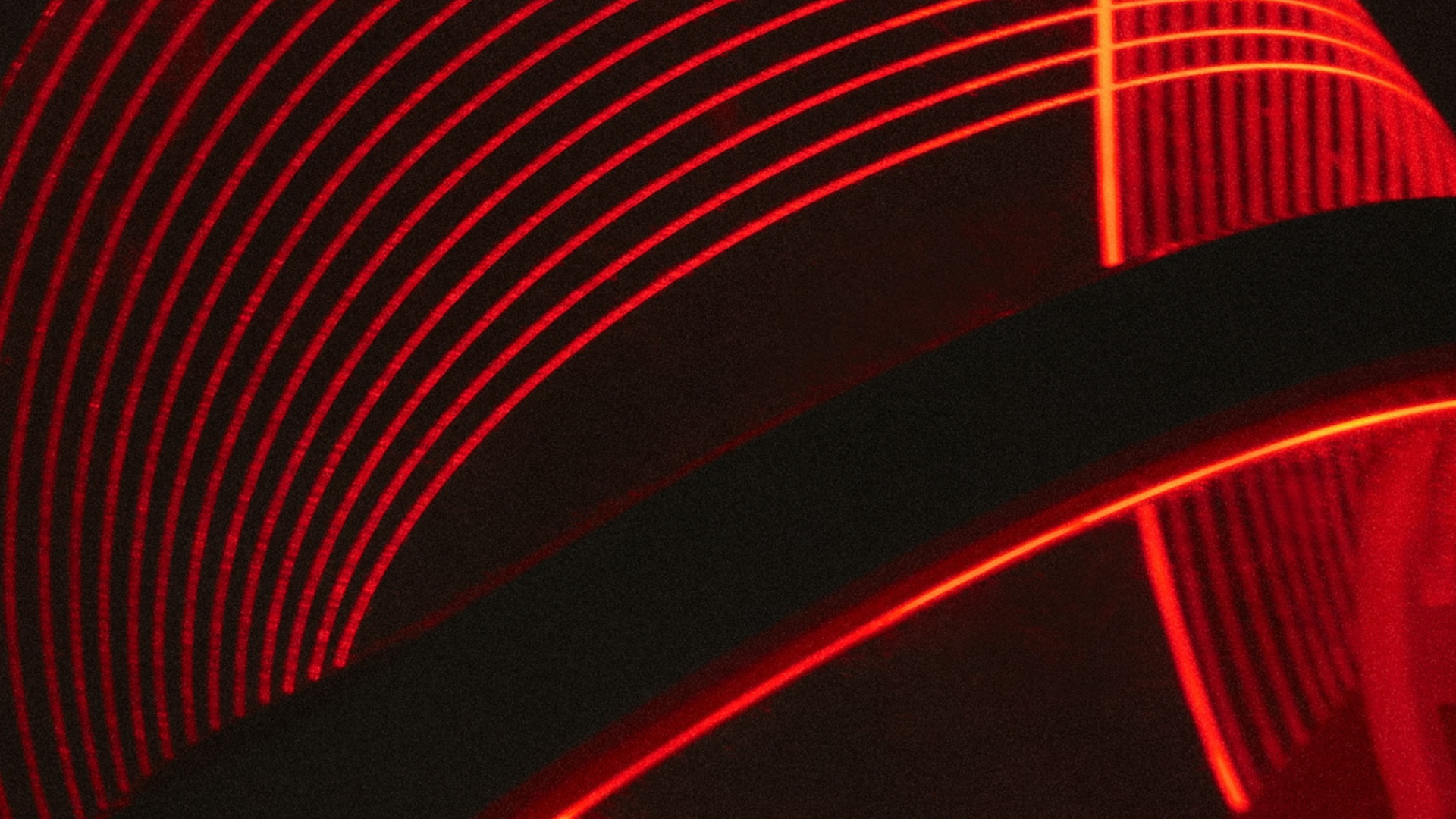Red Light Masks: A Small Guide

Red light therapy is getting more and more popular, but not all devices live up to their promises. The truth is, many masks don’t meet the standards needed to be effective and some may even do more harm than good. To help you make an informed choice, we’ve put together a short guide with the most important facts.
The Basics
A red light mask should use wavelengths in the scientifically proven range of 633–660 nm, which can stimulate collagen production and help reduce redness and fine lines. [1] Near-infrared light (830–850 nm) can penetrate deeper, supporting circulation, tissue repair, and cellular regeneration. Blue light (around 415 nm), on the other hand, can be effective for acne treatment by targeting acne-causing bacteria. [2,3] However, because it’s close to the UV spectrum, masks using blue light must be properly filtered and come from reputable manufacturers to ensure safety.
What Makes a Good Device?
A high-quality mask should have at least 100 LEDs for even light distribution and a power density of 25–40 mW/cm² to ensure real results. [4] Look for masks made from medical-grade silicone, as lower-quality materials can release harmful substances when in contact with your skin. Don’t forget the fit, as it is an essential part for good results: the mask should sit comfortably on your face and have LEDs placed near key treatment areas like around the eyes and mouth – not all masks do. And when it comes to safety claims, don’t be fooled by vague marketing. FDA-registered doesn’t really mean much. Instead, look for FDA-cleared devices and check the clearance status using the device’s name or 510(k) number. [5]
What to Expect
Red light therapy works best with consistent use. Ideally daily or at least five times a week for 10 to 20 minutes. [6] Patience is key, as noticeable improvements usually take six weeks or more to appear. Remember, it’s not a miracle cure, but when combined with sunscreen and trusted skincare ingredients like retinol, red light therapy can be a powerful addition to your skincare routine.
The Safe Choice
If you want to be on the safe side, choosing professional treatments like those we offer at AYUN is the smartest choice. With the right wavelengths, optimal power and expert guidance, we help you achieve your desired results.
[1] https://www.tandfonline.com/doi/full/10.1080/14764170500370059
[2,3] https://pmc.ncbi.nlm.nih.gov/articles/PMC4439741/ , https://pmc.ncbi.nlm.nih.gov/articles/PMC6099480/
[4] https://pmc.ncbi.nlm.nih.gov/articles/PMC6099480/
[5] https://www.fda.gov/medical-devices/device-approvals-and-clearances/510k-clearances
[6] https://www.aad.org/public/cosmetic/safety/red-light-therapy
More articles

Why a Seasonal HBOT Reset Week can sustain brain health, energy, and cellular repair
Do the benefits last forever, or should HBOT be repeated?
The honest answer is that while the initial protocol drives deep biological changes, life stressors, aging, illness, and metabolic pressure accumulate over time. This is why many clinics and researchers now recommend a Seasonal Reset Week - a short, focused series of HBOT sessions performed every 6–12 months - to maintain and reinforce the long-term effects.
This article explains why this approach makes biological sense, how it aligns with published HBOT science, and what a seasonal reset can realistically achieve.

Red Light Masks: A Small Guide
Red light therapy is getting more and more popular, but not all devices live up to their promises. The truth is, many masks don’t meet the standards needed to be effective and some may even do more harm than good. To help you make an informed choice, we’ve put together a short guide with the most important facts.

Ready for the Olympics? Part 1: Alan Frei’s Longevity Check-up
Alan dreams of participating in the 2026 Winter Olympics. The catch? He has spent far more time in business meetings and office chairs than on running tracks or ice rinks. Can he still make it? A key element on his journey is the comprehensive health check-up he completed at the Longevity walk-in clinic AYUN in Zurich. Read on to discover how Alan had his body thoroughly tested by medical experts.








